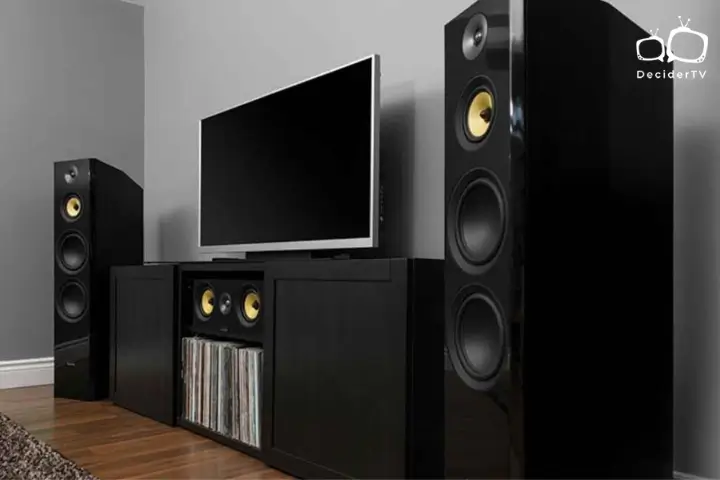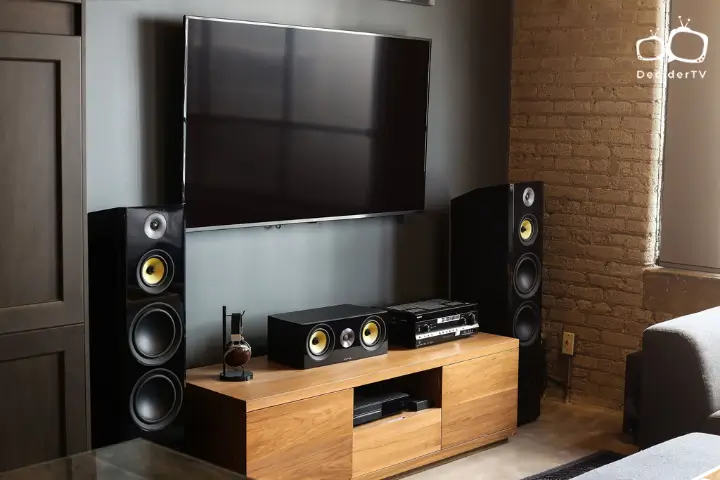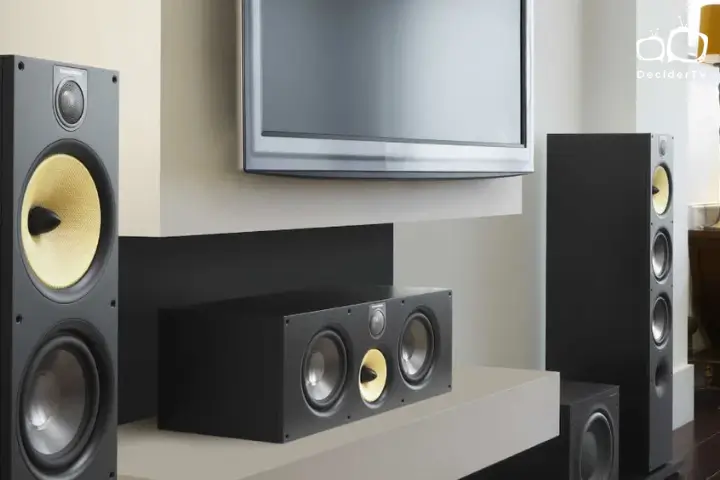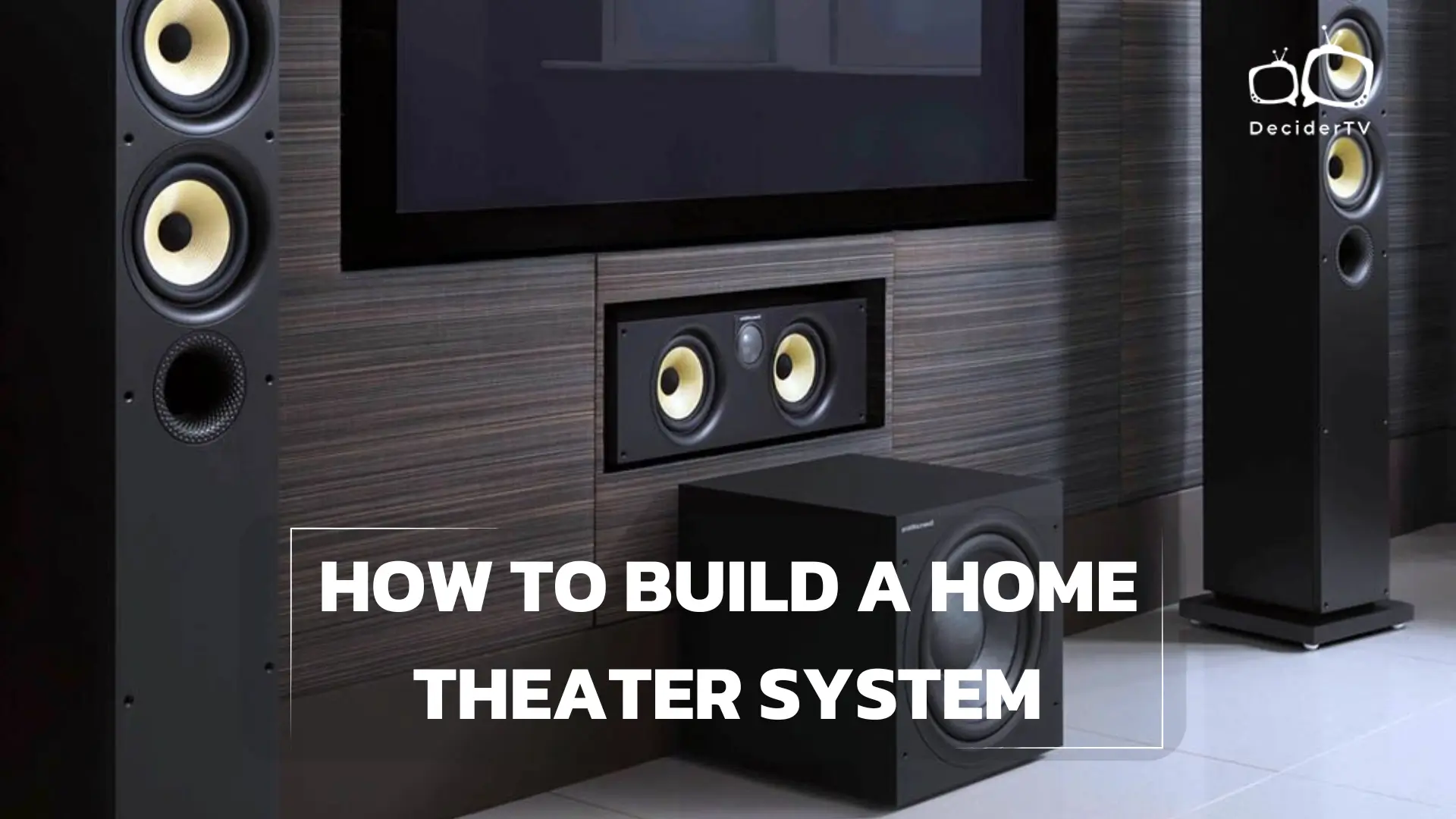Reason How to Build a home theater system can transform a mundane living space into a personal cinematic paradise. It’s a project that allows homeowners to enjoy the immersive experience of a movie theater within the comfort of their own home. Selecting the correct components—from the audio equipment to the viewing technology—is crucial to creating an authentic theater experience. One must consider room size, acoustics, and video resolution as part of the planning process.
The first step in constructing a home theater is choosing the right location. The ideal room should be isolated from outside noise and have minimal ambient light to prevent screen glare and ensure a high-quality viewing experience. Once the location is determined, the focus shifts to selecting a screen or projector that matches the desired image quality and fits the room’s dimensions.
Audio equipment is the backbone of any home theater system, providing the rich, enveloping sound that makes viewers feel as though they are part of the action. Speakers should be strategically placed around the room to optimize sound quality and create a surround sound environment. With careful consideration of these elements, one can construct a personal home theater system that rivals the experience of a commercial cinema.
How to Build a Home Theater System?
Planning Your Home Theater Space
Proper planning of a home theater space is essential to maximize audiovisual quality and viewer comfort. Each aspect of the room, from size to lighting, plays a crucial role in the overall experience.
Room Size and Layout

The dimensions of the room will greatly influence the type of audio and visual equipment suitable for the space. For example:
Seating Arrangements
Seating should provide unobstructed views and comfortable audio levels for all occupants. Employ the following arrangement guidelines:
Acoustic Treatment

To ensure that sound quality is clear and immersive, consider these acoustic treatments:
- Wall Panels: Install absorbent panels on walls to minimize sound reflections.
- Bass Traps: Place bass traps in room corners to reduce low-frequency standing waves.
- Carpeting: Use thick carpeting to absorb floor reflections and prevent echoes.
Lighting Considerations
Controlled lighting is critical for creating the right ambiance and reducing glare. Utilize these lighting solutions:
Selecting the Core Components
Choosing the right core components for a home theater system is crucial. Quality and compatibility among display technology, audio system, and source devices determine the overall experience.
Display Technology
The display is the visual centerpiece of a home theater. For a projector, one should look for a native resolution of at least 1080p, though 4K is ideal for full detail. LED, OLED, and QLED are popular TV options, each offering different levels of contrast and black levels. OLED TVs provide excellent color and contrast but are typically more expensive.
Audio System

The audio system sets the immersive ambiance. For surround sound, a 5.1 system includes five speakers and a subwoofer, while a 7.1 system adds two additional speakers for enhanced audio depth. For tight spaces, a high-quality soundbar can offer a compact alternative without compromising too much on the audio experience.
Source Devices
Source devices are the content providers for the system. They include Blu-ray players, game consoles, and streaming devices. One should ensure they support the latest audio and video standards like HDMI 2.1, HDR, and Dolby Atmos to match the capabilities of the display and audio system.
System Setup and Calibration
Proper setup and calibration are crucial for optimal performance of a home theater system. They ensure the best audio-visual experience by fine-tuning speaker positions and system settings to the characteristics of the room.
Speaker Placement
Audio Calibration
- Receiver’s Built-in Calibration: Use the calibration microphone and follow the receiver’s setup wizard.
- Volume Levels: Adjust each speaker so they all produce the same volume level at the listening position.
- Distance Settings: Input the distance from each speaker to the main listening seat into the receiver.
Video Calibration
Additional Considerations
When setting up a home theater system, one should take into account not just the main components but also the peripheral accessories, control systems, and the potential for future enhancements.
Home Theater Accessories
Cables and Wiring
Ensure that high-quality HDMI cables are used for optimal audio and visual signal transmission. It is recommended to use cables that support the latest standards such as HDMI 2.1 for better bandwidth.
Seating
Comfortable and ergonomically designed seating can significantly enhance the home theater experience. Look for features like built-in recliners and cup holders.
Remote Control Solutions
Universal Remote
A universal remote can streamline the operation of all home theater components. Modern universal remotes offer programmability and integration with smart home systems.
Smartphone Apps
Many devices now offer smartphone app control. This can provide a convenient alternative to traditional remotes and often includes voice control capabilities.
Future-Proofing and Upgrades
4K and 8K Support
When investing in a display or projector, consider devices that support 4K resolution, with the foresight of 8K content availability in the near future.
Expandable Audio
Opt for an AV receiver that can handle more channels than the current speaker setup, allowing for the addition of more speakers and upgrading to advanced sound formats like Dolby Atmos.

